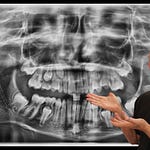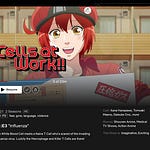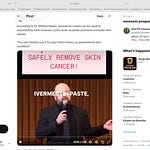In this video, I share a simple but fascinating observation: a comparison of my blood before and after spending 20 minutes on my sound and vibration table, layered with an infrared mat. Before the session, my blood looked fairly active — the plasma was moving, the cells were doing their thing — and I felt a bit tired. Afterward, the activity in the plasma noticeably calmed down. I felt more energized and grounded, like my system had reset just a bit. But here’s the key: I’m not making any claims here. This is not a “proof.” It’s not a treatment recommendation. It’s one moment, one person, and one drop of blood.
And yet, this is where so many people go off track.
We’re seeing a flood of “before and after” microscope images posted online — after someone eats pork, takes a supplement, drinks a green smoothie, or lies in a fancy machine — and they’re being used as evidence. But a photo is not evidence. One person, one time, with no controls and no repeatability, is not a study. It’s not even good observation. And to turn around and make claims based on that? That’s not just misleading — it’s irresponsible.
Microscopy is a powerful tool, but it’s also easily abused when used without discernment. Anyone can find a “good” looking cell or a “bad” looking one in a single drop. I've been doing this for decades, and I still take my time before drawing conclusions. If you want to find truth, you have to look for patterns — across time, across different individuals, across varied conditions. Otherwise, it’s just noise. Pretty noise, maybe, but still noise.
This is a word of warning. If you see someone making sweeping claims from a couple blood images, ask questions. How many samples were taken? How many people were tested? What were the conditions? Were the results consistent, or cherry-picked for dramatic effect? People are being shown these images with no context and told to spend money or change their habits based on them. That’s not education — that’s manipulation. And in the world of health, manipulation can be dangerous.
So yes — this video shows a shift in my blood. It’s interesting. It’s worth exploring further. But I’m not drawing conclusions from it, and you shouldn’t either. What I am saying is that this kind of inquiry, done thoughtfully and over time, could lead somewhere meaningful. But only if we do the work. Only if we hold ourselves — and others — to a higher standard.
Let’s stay curious, but let’s also stay sharp. Let’s not get distracted by snapshots that mean nothing without context. And let’s remember: in the terrain model and in life, true healing is a process, not a picture.
For more information on the work that we do in the courses we teach, please check out our website www.bigelsenacademy.com








